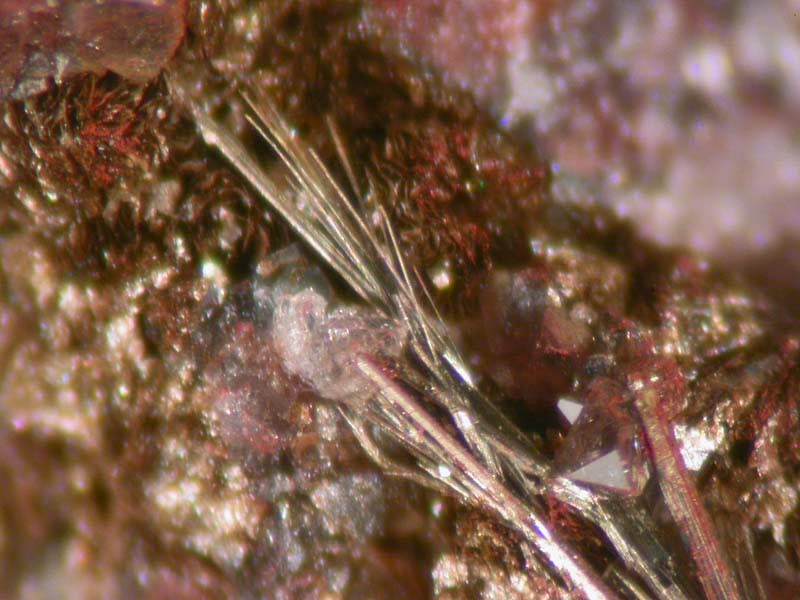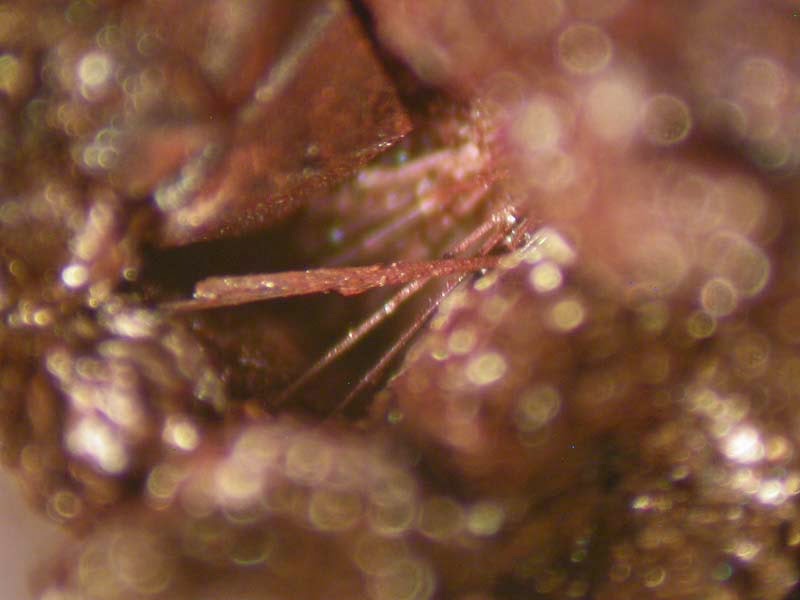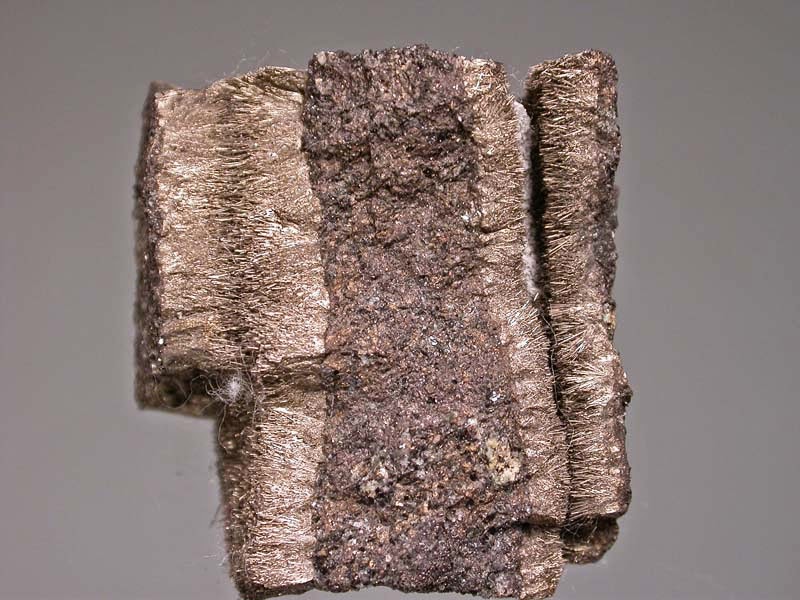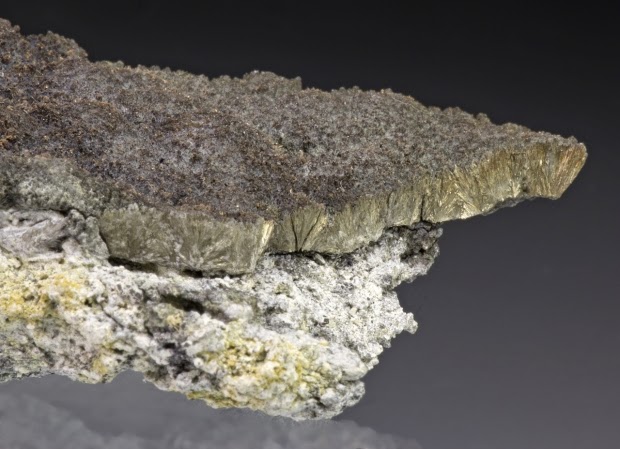
Chemical Formula: NiS
Locality: St. Louis, Missouri and Keokuk, Kansas.
Name Origin: Named after the English mineralogist, William Hallowes Miller (1801-1880)
Millerite is a nickel sulfide mineral, NiS. It is brassy in colour and has an acicular habit, often forming radiating masses and furry aggregates. It can be distinguished from pentlandite by crystal habit, its duller colour, and general lack of association with pyrite or pyrrhotite.
Occurrence
Millerite is found as a metamorphic replacement of pentlandite within the Silver Swan nickel deposit, Western Australia, and throughout the many ultramafic serpentinite bodies of the Yilgarn Craton, Western Australia, generally as a replacement of metamorphosed pentlandite.
It is commonly found as radiating clusters of acicular needle-like crystals in cavities in sulfide rich limestone and dolomite or in geodes. It is also found in nickel-iron meteorites, such as CK carbonaceous chondrites.
Millerite was discovered by Wilhelm Haidinger in 1845 in the coal mines of Wales. It was named for British mineralogist William Hallowes Miller. The mineral is quite rare in specimen form, and the most common source of the mineral is the in Halls Gap area of Lincoln County, Kentucky in the United States.
History
Discovery date : 1845
Town of Origin: JOACHIMSTHAL, BOHEME
Country of Origin : TCHEQUIE
Optical properties
Optical and misc. Properties : Opaque
Reflective Power : 54,8-57,2% (580)
Physical Properties
Cleavage: {1011} Perfect, {0112} Perfect
Color: Bronze, Greenish gray, Gray, Brass yellow.
Density: 5.5
Diaphaneity: Opaque
Fracture: Uneven – Flat surfaces (not cleavage) fractured in an uneven pattern.
Hardness: 3-3.5 – Calcite-Copper Penny
Luminescence: Non-fluorescent.
Luster: Metallic
Magnetism: Magnetic after heating
Streak: greenish black
Photos:













